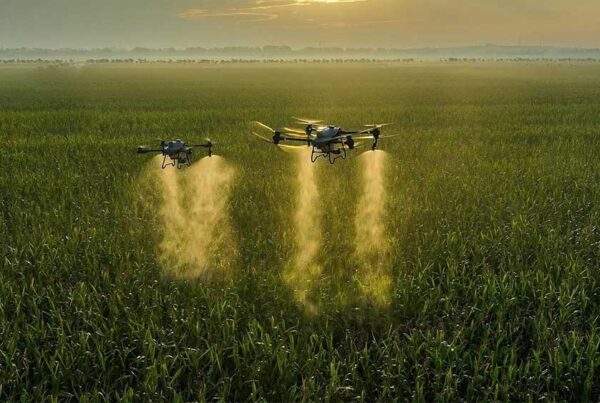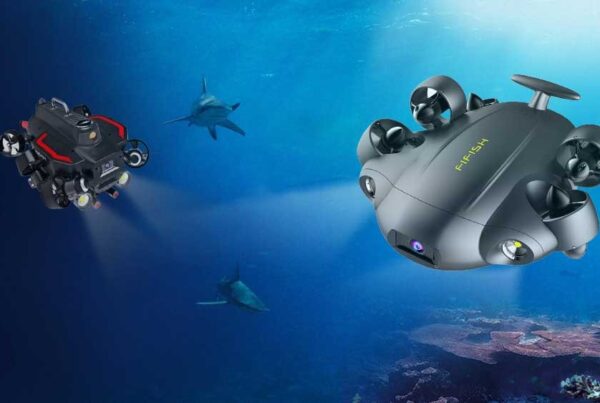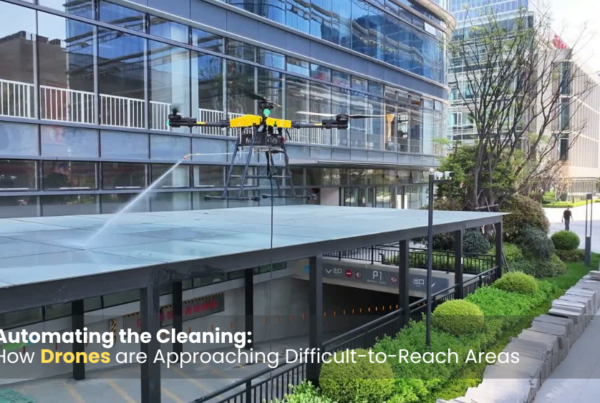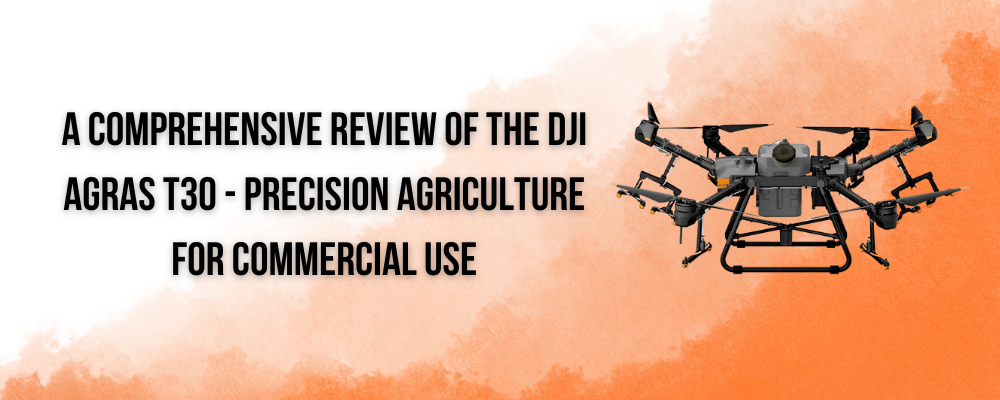
Introduction:
- Explanation of the DJI Agras T30
- A brief history of precision agriculture
- Importance of precision agriculture in modern farming
Design and Features of DJI Agras T30
- Description of the physical design and dimensions of the drone
- Features of the DJI Agras T30
- Comparison of the Agras T30 with other DJI Agras models
Precision Agriculture Applications
- How the DJI Agras T30 is used in precision agriculture
- Benefits of using the Agras T30 in precision agriculture
- Case studies of precision agriculture using the Agras T30
Technology behind DJI Agras T30
- Overview of the technology used in the Agras T30
- A detailed explanation of key technologies used in the Agras T30
- How these technologies contribute to precision agriculture
Safety and Regulations
- Overview of safety measures taken in the Agras T30
- Regulations and the legal framework surrounding the Use of the Agras T30 in precision agriculture
- Compliance and safety guidelines for using the Agras T30
Conclusion:
- Summary of the DJI Agras T30
- Importance of precision agriculture for sustainable farming practices
- Future of precision agriculture and the Role of Drones in modern farming
Introduction
Precision agriculture is a farming practice that uses technology to optimize crop production and increase yield. In recent years, drones have become a popular tool in precision agriculture, enabling farmers to collect data and monitor their crops in a more efficient and cost-effective manner. The DJI Agras T30 is one of the latest agriculture drones designed specifically for precision agriculture.
The DJI Agras T30 is a commercial drone designed for precision agriculture. It is equipped with advanced sensors and imaging technology that allows farmers to monitor their crops, identify potential problems, and optimize crop production. With a maximum payload of 30kg, the Agras T30 can carry large volumes of pesticides, fertilizers, and other agricultural inputs, making it an essential tool for modern farming practices.
The concept of precision agriculture dates back to the 1990s when advances in technology allowed farmers to gather and analyze data about their crops in real-time. Since then, precision agriculture has become a critical practice in modern farming, helping farmers optimize crop production, reduce waste, and increase yield.
The importance of precision agriculture in modern farming cannot be overstated. With the world population expected to reach 9 billion by 2050, the demand for food is expected to increase significantly. Precision agriculture is one of the most effective ways to meet this demand, enabling farmers to produce more food with fewer resources. By utilizing drones such as the DJI Agras T30, farmers can increase efficiency and reduce costs, making precision agriculture an essential practice for sustainable farming.
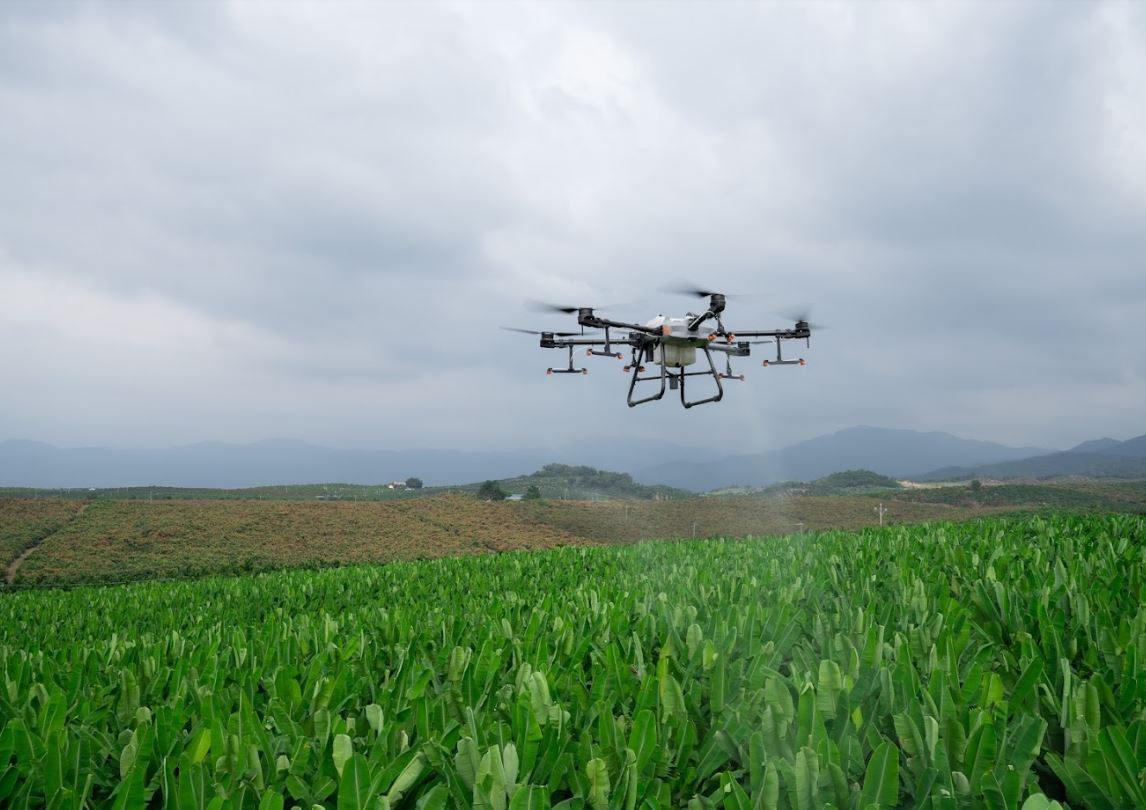
Design and Features of DJI Agras T30
The DJI Agras T30 is a commercial drone designed specifically for precision agriculture. It has a rugged, waterproof design and measures 1,563 mm x 1,563 mm x 725 mm, with a weight of 19.5 kg (without batteries). The Agras T30 has a maximum takeoff weight of 43.5 kg, with a maximum payload capacity of 30 kg.
The Agras T30 is equipped with advanced sensors and imaging technology, including a high-resolution camera and a dual-band RTK positioning system, which allows for highly accurate data collection and monitoring of crops. The drone is also capable of carrying multiple tanks, allowing for the efficient application of fertilizers, pesticides, and other agricultural inputs.
Other features of the Agras T30 include an obstacle avoidance system, which allows the drone to safely navigate around obstacles, and flight planning software that enables farmers to plan their missions in advance and execute them with ease.
Compared to other DJI Agras models, the Agras T30 is the most advanced and capable drone in the Agras series. It has a longer flight time, a higher maximum payload capacity, and more advanced sensors and imaging technology than the other models in the series. The Agras T30 also has a higher level of precision and accuracy, making it an essential tool for precision agriculture.
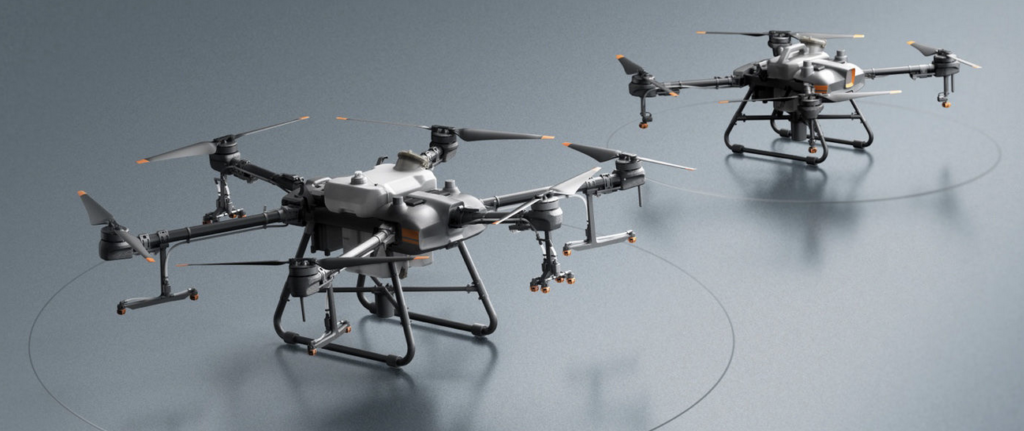
Precision Agriculture Applications
The DJI Agras T30 is used in precision agriculture for a variety of applications, including crop mapping, plant health monitoring, and precision spraying. The drone is equipped with advanced sensors and imaging technology that allow farmers to gather data and monitor their crops in real time, identifying potential issues before they become problems.
One of the key benefits of using the Agras T30 in precision agriculture is increased efficiency. The drone can cover large areas of farmland in a short amount of time, allowing farmers to gather data and monitor their crops more quickly and accurately than traditional methods. This can lead to improved crop yields and reduced costs associated with manual labor and equipment.
Another benefit of using the Agras T30 in precision agriculture is improved accuracy. The drone is equipped with advanced sensors and imaging technology that allow for highly accurate data collection and monitoring of crops. This can lead to the more precise application of fertilizers and pesticides, reducing waste and improving overall crop health.
There are several case studies that demonstrate the effectiveness of using the Agras T30 in precision agriculture. For example, in one study conducted in China, the use of the Agras T30 for precision spraying of rice crops resulted in a 30% reduction in pesticide use and a 90% reduction in water use, while still maintaining high crop yields. In another study conducted in Brazil, the use of the Agras T30 for precision spraying of soybean crops resulted in a 33% reduction in pesticide use and a 23% increase in crop yields.
Overall, the DJI Agras T30 is an essential tool for precision agriculture, allowing farmers to gather data, monitor their crops, and optimize production in a more efficient and cost-effective manner.
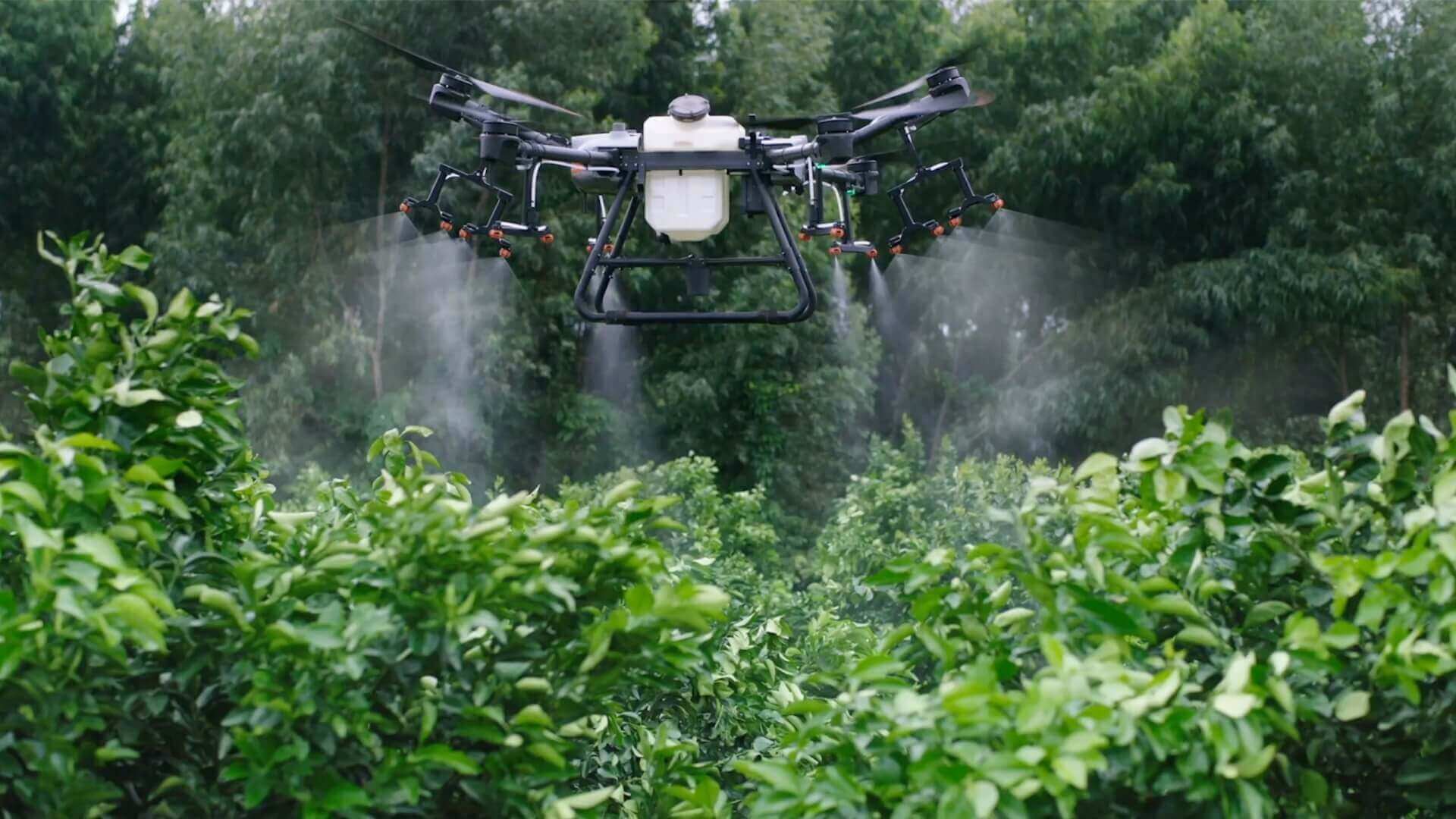
The technology behind DJI Agras T30
The DJI Agras T30 utilizes advanced technology to enable precision agriculture. It is equipped with a variety of sensors and imaging technology, including a high-resolution camera and a dual-band RTK positioning system, which allows for highly accurate data collection and monitoring of crops.
The Agras T30 also uses advanced flight control technology, including flight planning software that enables farmers to plan their missions in advance and execute them with ease. The drone is also equipped with an obstacle avoidance system, which allows it to safely navigate around obstacles in the field.
One of the key technologies used in the Agras T30 is its spray system. The drone is capable of carrying multiple tanks, allowing for the efficient application of fertilizers, pesticides, and other agricultural inputs. The spray system is also designed to be highly accurate, ensuring that the right amount of inputs is applied to each plant.
Another important technology used in the Agras T30 is its data collection and processing capabilities. The drone is equipped with advanced sensors that allow it to collect data about the health and growth of crops, which can be processed and analyzed to provide insights that can help farmers optimize crop production.
These technologies contribute to precision agriculture by enabling farmers to monitor their crops in real-time, identify potential issues before they become problems, and apply inputs with a high degree of precision and accuracy. This can lead to improved crop yields, reduced waste, and lower costs associated with manual labor and equipment. Ultimately, the advanced technology used in the Agras T30 is essential for meeting the increasing demand for food production in a sustainable and efficient manner.
Safety and Regulations
The DJI Agras T30 is designed with several safety features to ensure that it operates safely and efficiently. The drone is equipped with an obstacle avoidance system that allows it to detect and avoid obstacles in its path, reducing the risk of collisions. It also has a fail-safe system that allows it to automatically return to its take-off point if it loses connection with the controller or experiences other technical issues.
In addition to these safety features, there are several regulations and legal frameworks surrounding the use of the Agras T30 in precision agriculture. The use of drones for agricultural purposes is subject to regulations set by aviation authorities, such as the Federal Aviation Administration (FAA) in the United States. These regulations typically require operators to obtain a special license or certification, such as a Part 107 certification in the US, and to follow specific guidelines for drone operation.
In addition to complying with regulations, it is important for operators to follow safety guidelines when using the Agras T30 in precision agriculture. This includes ensuring that the drone is well-maintained and regularly inspected, conducting pre-flight checks before each operation, and avoiding flying in adverse weather conditions or in restricted airspace.
Other safety considerations include ensuring that the drone is operated within the line of sight of the operator, avoiding flying over people or property without permission and respecting the privacy of others. Operators should also be aware of potential environmental impacts, such as the risk of chemical runoff from precision spraying operations.
Overall, the use of the Agras T30 in precision agriculture requires compliance with regulations and adherence to safety guidelines to ensure that operations are conducted safely and efficiently. By following these guidelines, operators can minimize the risk of accidents and ensure that the benefits of precision agriculture are realized in a responsible and sustainable manner.
Conclusion:
In conclusion, the DJI Agras T30 is a high-end drone designed for precision agriculture, with advanced features and technologies that make it an ideal tool for commercial-scale farming operations. Its ability to carry and spray large amounts of liquid, combined with its high accuracy and efficiency, make it an invaluable asset for modern farming practices.
Precision agriculture is essential for sustainable farming practices, as it enables farmers to optimize their use of resources and minimize their impact on the environment. The use of drones in precision agriculture is particularly important, as it allows for the precise and efficient application of fertilizers and pesticides, reducing the number of chemicals required and minimizing the risk of contamination.
The future of precision agriculture is bright, and drones like the DJI Agras T30 are likely to play an increasingly important role in modern farming practices. As technology continues to improve and become more accessible, precision agriculture will become an increasingly vital tool for sustainable and efficient farming practices, helping to ensure a stable and secure food supply for future generations.
Popular tags
DJI Agras T30 Agriculture drone, DJI Agras T30 drone advantages, DJI Agras T30 drone review, DJI Agras T30 drone benefits

